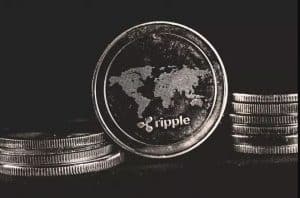Circle has officially launched its USD Coin (USDC) on the Polkadot blockchain. This move expands the presence of USDC, the second-largest stablecoin after Tether (USDT), across diverse blockchain platforms.
Announced on Sept. 19, USDC is now natively available on Polkadot Asset Hub, a key parachain tailored for the creation, management, and transfer of digital assets within the Polkadot environment. As a result, Polkadot USDC can now be shifted to other parachains in Polkadot using the XCM protocol through Circle Account and Circle’s APIs.
However, Circle has underlined that its account and APIs will only recognize Polkadot USDC, which originates natively from the Polkadot Asset Hub. Users are thus instructed to move USDC from their Circle Account to an external wallet associated with Polkadot Asset Hub before utilizing XCM. Moreover, Circle advised that before depositing into their Circle Account, users need to ensure any USDC transferred from other parachains via XCM is returned to the Polkadot Asset Hub. The firm emphasized caution, stating users should avoid depositing XCM-transferred USDC from any parachain other than Polkadot Asset Hub into their Circle Account, as mistakes could lead to irrecoverable losses.
This addition of Polkadot support bolsters the versatility of USDC, bringing the total number of blockchain networks the stablecoin operates on to 14. This list includes big names like Ethereum, Tron, Stellar, and Solana. Through these integrations, Circle’s overarching objective is to remain a leading interoperable cryptocurrency while also facilitating inexpensive transactions. The inclusion of Polkadot enhances capabilities like trading, borrowing, and lending on associated parachains such as Centrifuge, HydraDX, and Moonbeam.
Polkadot, launched in 2020, consists of several independent blockchains, or parachains. These operate simultaneously, allowing for swifter transactions while leveraging Polkadot’s intrinsic security and decentralization features.
Interestingly, USDC’s support across 14 blockchains gives it an edge over its competitor USDT, which currently operates on 11 networks. It’s worth noting that in August 2023, Tether (USDT’s issuer) ceased the production of its stablecoin on three platforms – Bitcoin Omni Layer, Bitcoin Cash, and Kusama – due to dwindling user interest.












